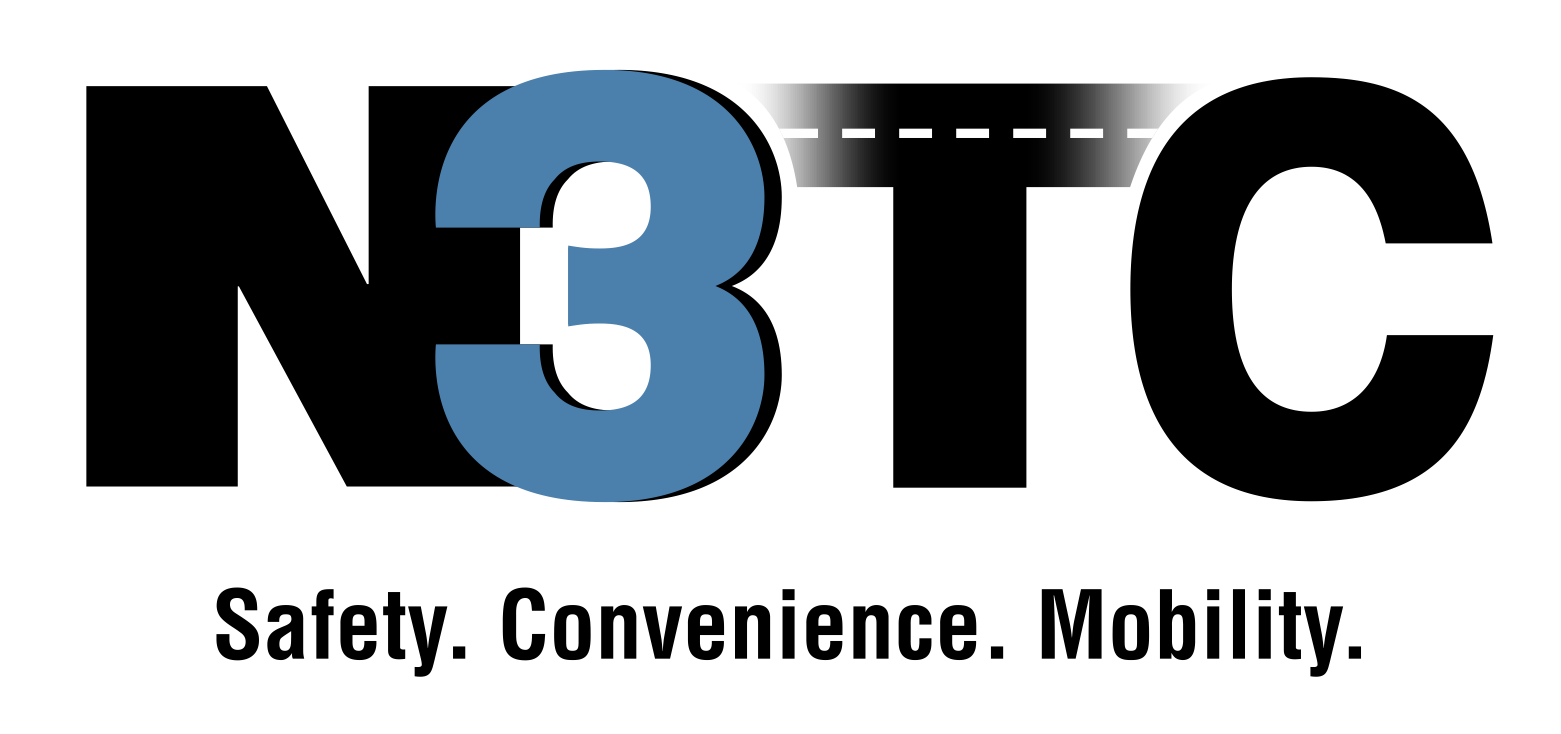Children’s car seats are not luxuries – they are necessities
With the March school holiday and public holidays approaching, family getaways are the order of the day. Whilst the excitement of a family trip takes hold, it is essential to take extra care when traveling with children.
On average, four children lose their lives in vehicles in South Africa every day – and this number goes up during holiday periods. Statistics from the Road Traffic Management Corporation show 259 children under the age of 14 died over the 2017-2018 summer holiday season.
The vast majority of these deaths could have been prevented if the children were in car seats and the seats were correctly used. But, as with other road safety measures, South Africans blithely ignore this life-saving habit, and only 7% of our children are transported in restraints specially designed for them.
Normal vehicle seat belts are designed for adults at least 1.5 metres tall. Most children will reach that height only when they’re 10 or 11 years old. Below that age, children are more vulnerable than adults to injuries or death during a crash – even if they are wearing seat belts.
Car seats for children are specially designed to prevent them from being flung out of a vehicle during a crash. The seats also help their bodies to “ride down” the forces of a crash in relative safety. And their designs are improving all the time, says Peggie Marsh, founder of the non-profit organisation Wheel Well, which campaigns for better road safety for children.
“They are very effective in keeping babies, toddlers and children safe during a crash,” she says. “And they have other advantages: the children sleep much more comfortably and they’re far less likely to distract the driver, all of which makes for a safer journey.”
Even then, says Con Roux, N3 Toll Concession’s commercial manager, the biggest factor to keeping children unharmed is to drive safely and to reduce speed. “Since speed is the factor that determines the severity of the crash, you must slow down when you are driving with children in the vehicle,” he says. “It reduces your risk of a crash and gives you more time to react and respond safely.”
“Parents must not think a so-called safe vehicle will keep the occupants safe. Even in a vehicle with the highest safety rating, you need to use your seat belt and car seats for children. The laws of motion still apply. Car seats must also be appropriate, correctly installed, and adjusted to function optimally.”
This holiday season, N3 Toll Concession (N3TC) will partner with Wheel Well to advocate for the wider use of car seats and to donate car seats to families who cannot afford them.
“We understand that often the high cost of car seats for babies and young children prevents many parents from buying them, and for this reason we keenly support Wheel Well in their countrywide scheme to create greater awareness of the essential importance of child restraints in vehicles; and to collect used car seats for distribution to families who are in dire need of them. Parents can donate their used car seats at the N3TC Route Help Centre at the Bergview Complex, just off the N3 Toll Route near Harrismith. These seats are cleaned and checked for any defects, and distributed to parents who cannot afford to buy them,” explains Roux.
Wheel Well and the N3TC team will be available to engage with families on child safety at the Bergview Complex on 18 April 2019. For more information contact the Route Help Centre 058 623 0860 or visit www.wheelwell.co.za.

